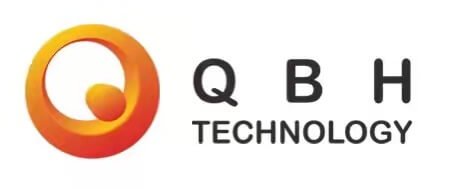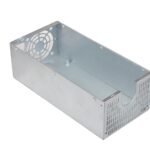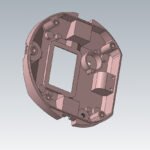CNC prototyping machining has a reputation as a cost-efficient manufacturing process. In the world of start-ups, cost-efficiency is a key requirement for prototyping. But when you try to research the actual cost of CNC prototyping, you get contradictory results.
Some hail CNC as the only affordable prototyping option. At the same time, others find the process to be an overpriced and impractical choice.
We decided to help clear the confusion by breaking down all the cost factors associated with CNC Prototyping.
The Cost of CNC Prototyping
Calculating the cost of CNC prototyping is a difficult process. Particularly, because CNC isn’t one type of manufacturing, it’s a whole category of machining. CNC machining is a broad term for machining where a computer system controls the cutting tool.
CNC machining is a time-efficient process, so it’s universally preferred for prototyping. But time-efficiency and cost-efficiency are two separate metrics.
Eight key factors affect the cost of CNC prototyping and can be further divided into two categories,
- Design Related Costs
2. Machining Related Cost
Design Related Costs
Design is the first step in any manufacturing process and the first factor in the cost calculation. To make this calculation easier, we can take 4 aspects of design and analyze their cost individually.
1. Complexity Cost
Design complexity has the biggest impact on machining cost, and simple designs are easier to machine and take less time to machine. In comparison, complex designs are the exact opposite.
The most obvious reason for the increase in machining cost is equipment; complex designs require expensive and more elaborate machines. Additionally, some designs demand more than one machine and using multiple machines for a single part increases both time and equipment costs.
For example, the cost of prototyping a drink coaster design is very low. Because all the machining can be done on a basic 3-axis CNC Mill, however, if you’re prototyping a turbine blisk, the cost would shoot up. First, we need a much more expensive 6-axis CNC Mill. Second, if there is a single mistake during the machining process, the entire part becomes useless, so you need to machine this part slowly and carefully.
Note: The cutting tool in a 3-axis machine can only move in the X, Y,& Z-axis. But the cutting in a 6-axis machine can move and rotate in the X, Y, & Z-axis.
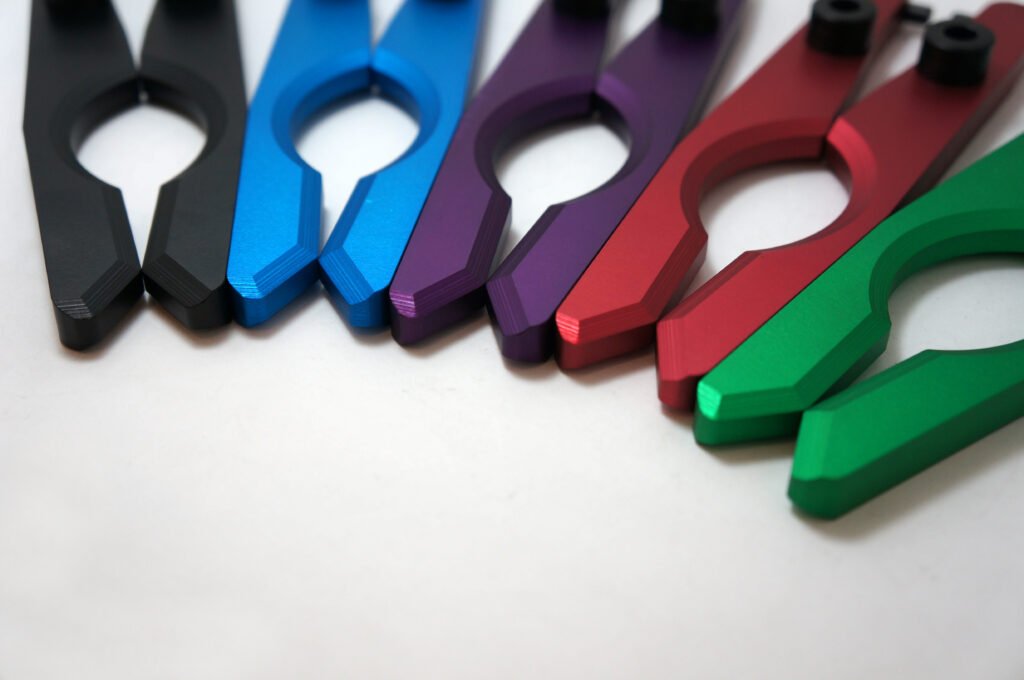
2.Tolerances Cost
Another element of design that is closely related to design complexity is Tolerance. Tolerance is the leeway in the precision of a design. Standard CNC machining tolerance is typically ±0.005 inches. To give you an idea of this precision, the average thickness of human hair is 0.002 inches.
For example, if you want to prototype a 2 in. square out of an aluminum block. The square might end up either on the smaller side at 1.995 inches or on the bigger side at 2.005 inches with standard tolerances.
Faster machining will have rougher Tolerance, like ±0.030 inches, but it will decrease machining costs. Meanwhile, tighter Tolerance like ±0.001 inches is only possible with slow and careful machining, which will increase the cost exponentially.
3. Material Cost
Material is the most obvious contributor to design cost; more expensive materials will result in more expensive parts. But let us discuss the details of this cost increase.
Firstly, let’s discuss high-strength materials; they require stronger cutting tools, longer machine times, and extra coolant because they generate a lot of heat when machining.
Secondly, rarer materials cost more; the simple rule of supply and demand is that the less something is available, the more it will cost. If you want to prototype a piece of jewelry using a rare weather metal like silver or gold, the machining cost will depend on the current market price of those materials.
Lastly, materials with special properties also add to the machining costs. Rare alloys, like corrosion-resistant or heat-resistant steel, need to be specially ordered, and manufacturers typically don’t keep these rare materials at hand.
4. Finishing Cost
After machining, the prototype will typically require some level of post-processing called finishing. The three most common types of finishing are anodizing, powder coating, and polishing.
Finishing is almost a necessity because CNC can often leave machining marks, which are undesirable in many cases. Powder coating covers these marks with paint, while polishing removes a microscopic level of material from the part for a smooth surface finish.
Machining Related Costs
All the previously discussed cost factors are related to the design phase. Consumer decisions impact the design costs, but manufacturer decisions determine the machining costs. Machining costs directly result from design choices, so manufacturers are only trying to adapt to customer specifications.
5. Type of CNC Machine
The choice of a CNC machine depends upon a few of the previously discussed factors. We talked about 3-axis and 6-axis CNC Mill, specifically how the cheaper 3-axis milling machine is better for simple designs. But design isn’t the only factor that dictates the type of CNC machine used for prototypes.
CNC machines come in all shapes and sizes and with different cutting tools. CNC Laser cutters, Plasma cutters, waterjet cutters, and Electric discharge machines are some alternatives to milling machines. Depending on your design complexity, tolerances, and material choice, you will require one of the above machines.
6. Economies of Scale
Economies of Scale describes the cost advantage of the increase in production output.
Any machining will involve some pre-processing and post-processing steps. Steps like material management, CNC machine setup, machine calibration, and tool change are compulsory when machining one prototype or a dozen prototypes. When machining multiple prototypes, all prototype units can be pre and post-processed together to reduce lead times.
Inversely, the fewer units you order for prototyping, the more each unit will cost.
7. Labor Cost
Labor is one of the most important cost factors, yet most consumers often ignore it. Yes, CNC machines are automated, but that doesn’t mean they are free from human oversight. Manual labor is still an important part of any manufacturing industry, and CNC machines require setup, calibration, maintenance, and general oversight.
Employees are paid monthly, meaning they are paid for their time. So, if a worker spends more time on a prototype project, it will increase the cost. And higher-skilled employees are paid more, so their time is worth more.
8. Lead Time
Lead time is a manufacturing term referring to the period between the start and the completion of a project. For CNC Prototyping, this period starts from the moment you agree to the quotation and ends when you receive the finished prototype.
Companies have spent an enormous amount of money optimizing their lead times. Longer lead times will result in fewer complete orders each month. Additionally, the prototyping process often includes a lot of design revisions which further increase the lead time and cost.
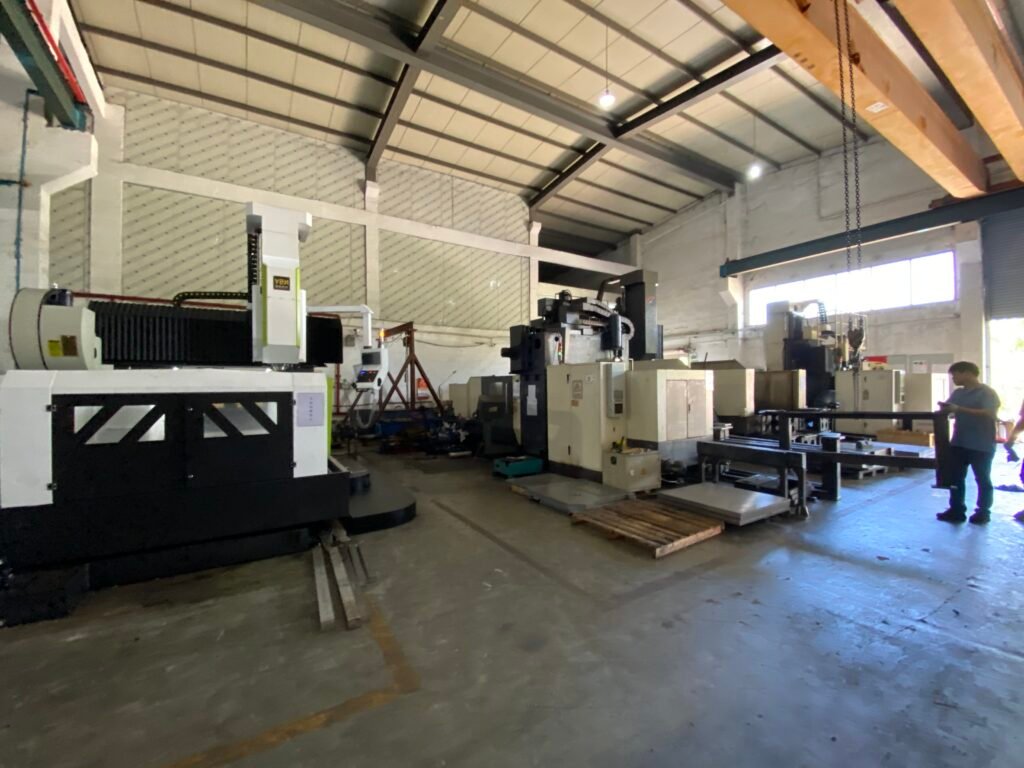
How to Reduce CNC Machining Costs?
Technically you can reduce the cost of CNC machining by compromising on any of the factors mentioned above. But realistically, you cannot change all the factors to get the minimum possible machining cost. At best, you can reduce cost by finding concessions on one or two factors.
Practical Cost Reduction Factors
Some factors have more room for cost reduction than others. Following are the four most important factors which can help you reduce CNC machining costs.
Material Choice
Material is the most obvious choice for reducing machining costs, and Luckily, CNC machines support many metallic and non-metallic materials. So, with proper research and due diligence, you can find a material that is best suited to your product but also is inexpensive.
Material choice is particularly important for prototyping because prototypes often don’t need to be made from expensive materials.
For example, prototyping a propeller requires stress and aerodynamic testing. Stress tests will require the prototype to be made from the final material, like aerospace-grade aluminum. However, for aerodynamic testing, the prototype can be machined from plastic.
Part Complexity
Part complexity is a difficult factor to manage because most prototypes don’t allow for changes to the design. But if you can simplify your design even a little bit, it will yield lower machining times, defect rates, and lower costs.
Order Size
Order size is the simplest way to reduce prototyping costs.
For example, let’s consider the previously discussed Turbine Blisk. CNC Prototyping one Turbine Blisk will require some pre-processing and post-processing steps, which add to the machining time. And since it is a necessary step, the cost impact is unavoidable.
But if you decide to place an order for three Turbine Blisk, the processing cost of the first unit will remain the same but will be neglected for the second and third unit. The three parts will be machined back to back; they will share the same pre-processing steps.
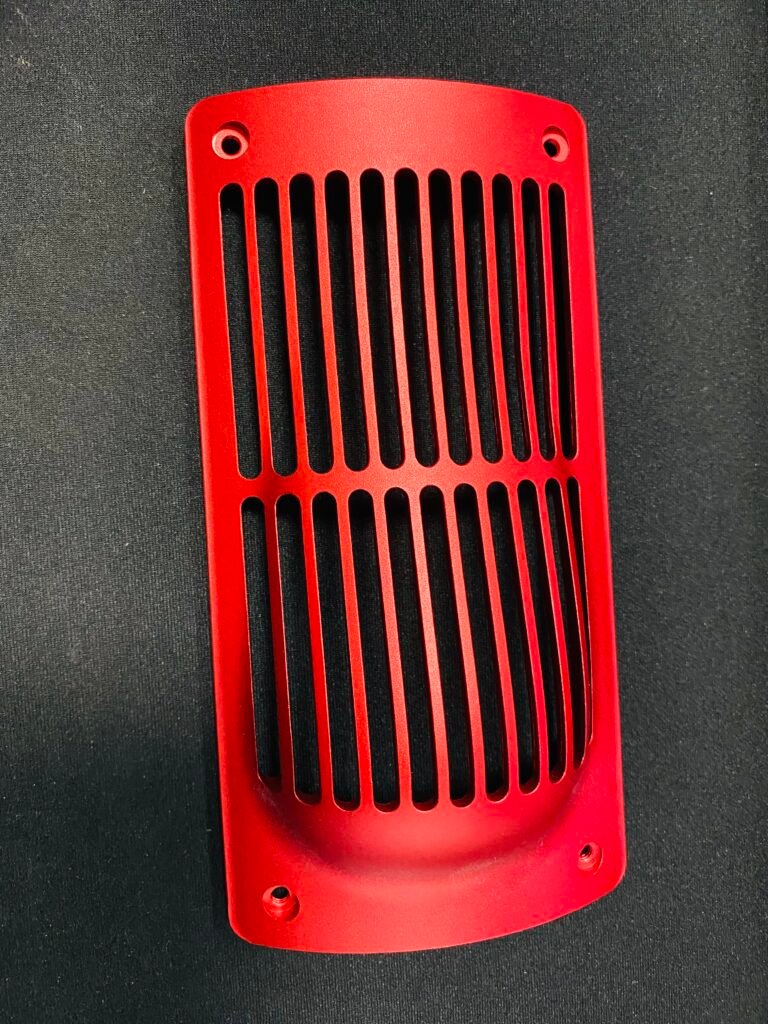
Finishing Options
Finishing is an important step for CNC machined final products. However, prototypes don’t require product finishes. You can reduce the machining cost by opting out of any post-processing. The industrial terms for non-post-processed parts are “as-machined” or “as-milled.”
Impractical Cost Reduction Factors
Despite what is theoretically possible, some factors should remain uncompromised and are not viable options for reducing machining costs.
Labor
Underpaying workers to reduce your machining costs would be highly unethical. Also, underpaid labor will result in less effective workers.
Tolerances
Though tight tolerances are not essential for many prototypes, compromising on tolerances can negatively affect the part integrity.
Machining Type
Machine type is closely related to material choice as some materials are tied to certain machines. Unfortunately, changing the machine type is not possible in most situations.
Lead Time
Lead time is almost impossible to decrease without a significant impact on the quality of the part. Lead time is something a manufacturer can optimize but not something a consumer should force to shorten.
Conclusion
After reading this entire breakdown, we hope that you have a clear understanding of CNC prototyping costs. Now you can easily estimate the cost of a prototype by looking at the contributing factors. Remember, you can only reduce the cost to a certain extent; any further concession will result in a loss of prototype integrity.
If you are in the market for quality CNC prototyping, we highly recommend you check out QBH Technology. We offer various CNC machining services, with exceptional quality and precision. Our most popular services include Laser Cutting, High-Quality Welding, CNC Milling, and CNC Turning.
Send us your designs and specifications to get a customized quote for prototyping services. We will get back to you with a quotation, typically within 24 hours. Lead time and other details are mentioned in the quotation.
